26+ Sample Leadership Development Plan
-
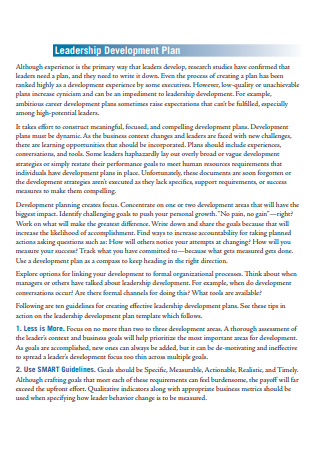
Leadership Development Plan Template
download now -
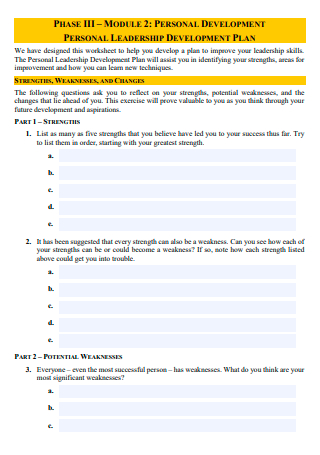
Personal Leadership Development Plan
download now -
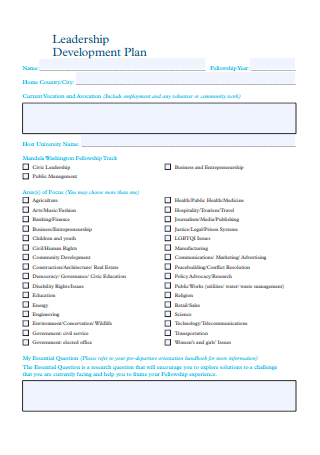
Leadership Development Plan Example
download now -
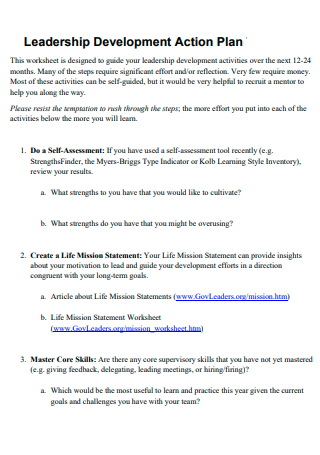
Leadership Development Action Plan
download now -
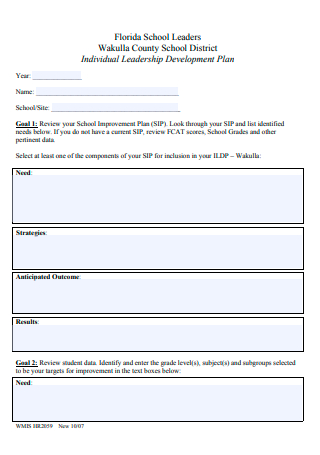
Individual Leadership Development Plan
download now -
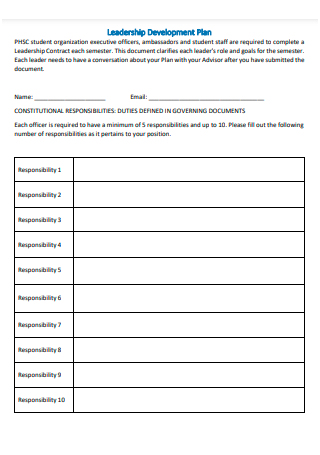
Basic Leadership Development Plan
download now -

Global Leadership Development Plan
download now -
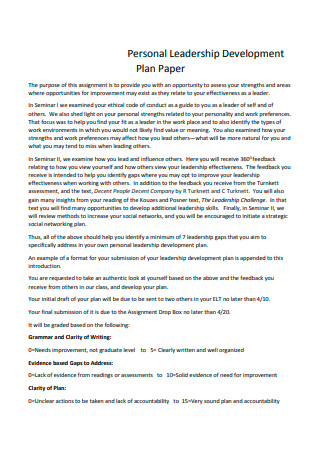
Personal Leadership Development Plan Paper
download now -
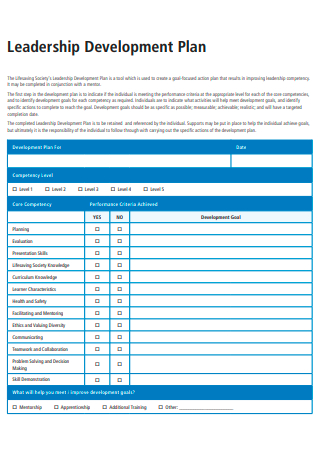
Formal Leadership Development Plan
download now -
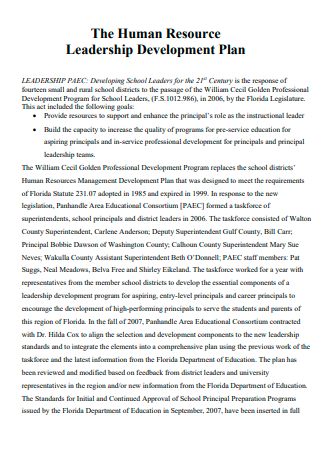
Human Resources Leadership Development Plan
download now -

Leadership Program Development Plan
download now -
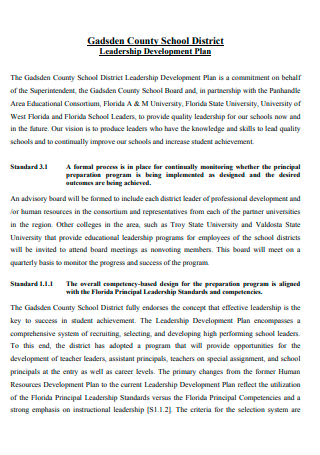
School District Leadership Development Plan
download now -
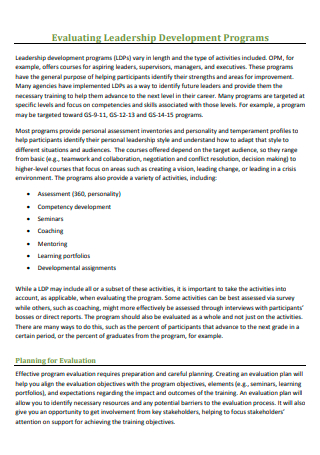
Evaluating Leadership Development Planning
download now -
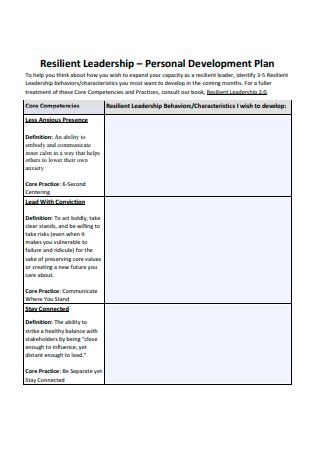
Resilient Leadership Personal Development Plan
download now -
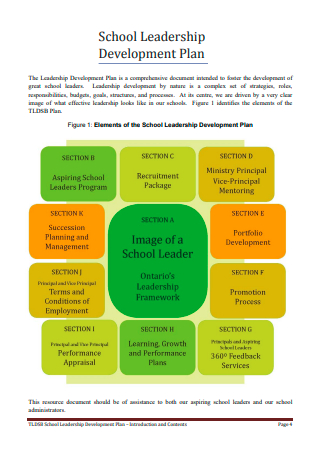
School Leadership Development Plan
download now -
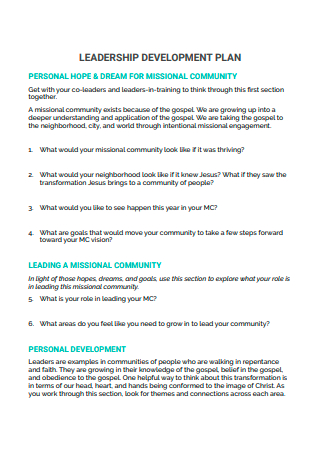
Leadership Development Plan in PDF
download now -
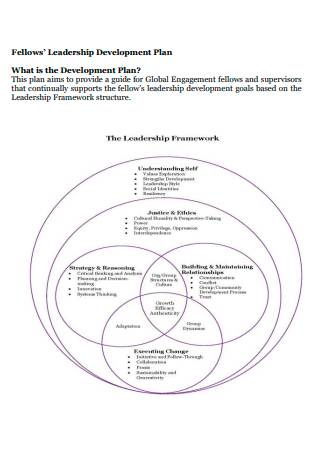
Standard Leadership Development Plan
download now -
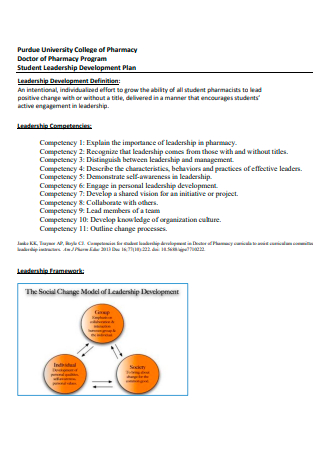
Student Leadership Development Plan
download now -
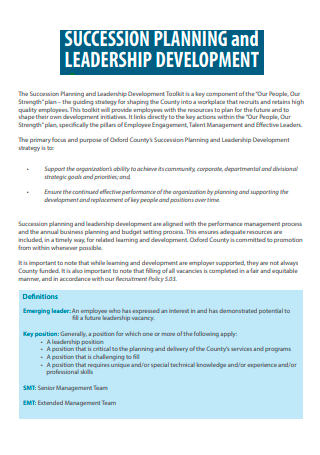
Leadership Development Succession Planning
download now -
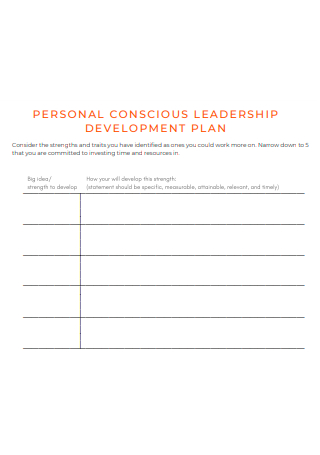
Personal Conscious Leadership Development Plan
download now -

Simple Leadership Development Plan
download now -
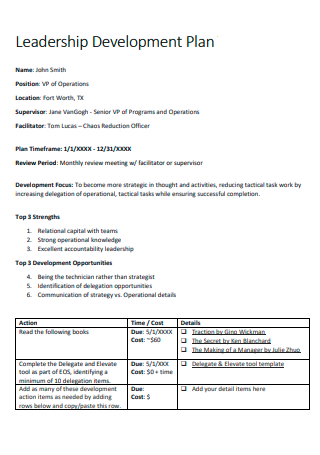
Draft Leadership Development Plan
download now -
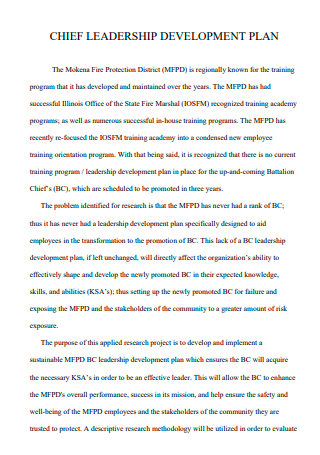
Chief Leadership Development Plan
download now -
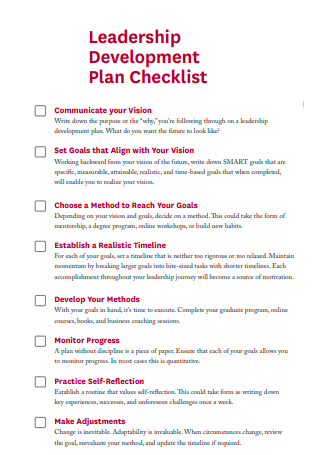
Leadership Development Plan Checklist
download now -

Leadership Development Plan Format
download now -
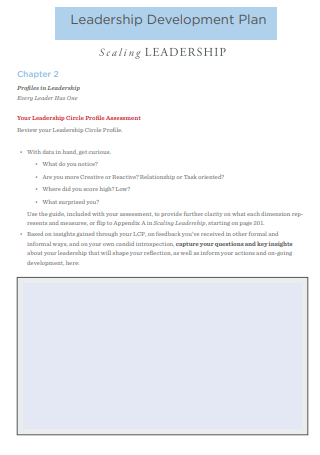
Scaling Leadership Development Plan
download now -
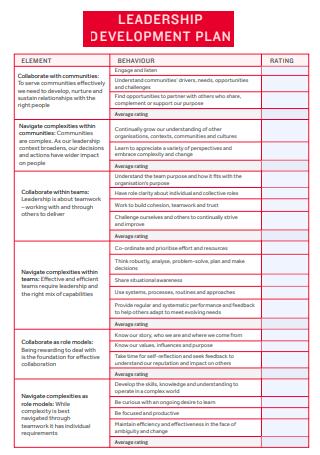
Sample Leadership Development Plan
download now
FREE Leadership Development Plan s to Download
26+ Sample Leadership Development Plan
What Is a Leadership Development Plan?
Components of a Leadership Development Plan
How To Create a Leadership Development Plan
FAQs
What are some examples of leadership goals?
What are the contents of a development plan?
What are the methods of implementing leadership development?
What Is a Leadership Development Plan?
A leadership development plan is a detailed document that helps the company to achieve its career goal statement towards progressive leadership roles and senior management positions. It serves as a valuable tool that guarantees the development of strong and reliable future leaders for the organization. Through a leadership development plan, employees can achieve greater overall career satisfaction, acquire better career opportunities, and attain an impactful career. This type of career development plan is a long-term, structured, and personalized document that caters to the unique needs of an employee and the company. It details possible career objectives and development activities an individual engages in to reach their career goals. A leadership development plan also encourages employees to develop their leadership skills and styles. The document must address the necessities of leaders and employees within all levels of the organization for the current leaders and future employees to occupy leadership positions.
According to an article published on May 2021 by Kevin Wayne Johnson on LinkedIn, companies in the United States spend over 160 billion US dollars on employee training and development. However, despite the amount companies spend on training and development, 58 percent of managers say they do not have managerial training, and 77 percent of organizations report they are experiencing leadership gaps.
Components of a Leadership Development Plan
Leadership development plans contain the long-term goals of an employee, including the leadership goals they need to acquire and improve. Some managers create personal leadership development plans to make them more achievable. These plans are in the style or format that an individual feels most comfortable in using, in the form of either charts or graphs. When utilizing a personal development plan, below are the necessary elements that must be present in the document.
How To Create a Leadership Development Plan
Developing vital leadership competencies and constructing diverse leadership channels are the critical objectives a leadership development plan must accomplish. A leadership development plan also aids with employee engagement, providing them with continuous learning opportunities during its implementation. To help you get started, the section below is a helpful guide to creating a comprehensive leadership development plan.
-
1. Assess and Identify Current and Potential Talent
Several industries and companies offer employees formal leadership development training programs and talent pools where they can select their choice for a leadership development plan. However, not all organizations have training programs for their workers, and others lack formal talent identification and assessment procedures. For those companies without a talent pool and leadership development for their employees, management can utilize the nine-box grid system. This strategy measures employee capabilities through visualizing potential talents or future performance and current performance abilities. Through the nine-box grid, the company can select employees as high potentials, stars, and high performers and shape the leadership development plan accordingly.
-
2. Obtain Buy-ins From Company Stakeholders
A leadership development plan works when there are buy-ins from upper management and senior leadership, managers and supervisors of the target employees, and the employees themselves. The focus of the leadership development plan is to improve employee skills by requiring more significant investment, including training and development budgets to aid in succession planning. The budget plan must go through senior leadership approval before implementation, with the conditions of upholding organizational strategic objectives. The planning process also includes the involvement of management and supervisors, as the targeted employee needs to shoulder additional activities and attend training sessions that can divide employee focus from present work commitments. Employees must also willingly participate in the leadership development program, as there are factors that may hinder them from doing so in the first place. Not all employees want to be in a leadership position, despite having the capabilities for one. There must be a transparent agreement between senior leadership, manager, and employee to make a successful leadership development program.
-
3. Identify Leadership Styles
There is a possibility that there is an overarching leadership style in the organization that potential leaders need to function effectively. The leadership style stems from the business needs and culture of an institution. Different leadership styles are present in different industries and organizations, including autocratic, democratic, coaching, laissez-faire, authoritarian, pacesetting, affiliative, and transformational. Businesses can prefer one over the other or utilize more than one style in the organization. Leaders must learn to use a certain style or a combination depending on the situation.
-
4. Identify and Assess Key Leadership Competencies
It is also necessary to identify the leadership competencies that are essential to the current and future success of the organization. The competencies serve as the foundation of the development plan and ensure the successive leaders are ready for present challenges and unforeseeable events that can occur. There are three main groups for leadership competencies: namely, leading the organization, leading the others, and leading the self. Aside from identifying leadership competencies, the company must assess the targeted employees accordingly. The results following the assessment highlight possible competency gaps of the individual. From there, the organization utilizes the gaps to identify and design the most effective and suitable development opportunities to address the gaps.
-
5. Design the Leadership Development Plan
In designing the leadership development plan, it is best to consult with the learning and development team to construct appropriate learning opportunities for employees. Ideally, incorporate as many learning solutions as possible to provide individuals with the best learning experience and environment. Introduce self-pace learning using various channels, and incorporate complementary leadership mentoring that enables a coaching relationship between an employee and a strong leader. The organization can also introduce job shadowing that provides an employee a realistic view of a job, and job rotation opportunities where employees assume a different role for a temporary period. The company can also utilize professional development and certification courses for employees.
-
6. Conduct Continuous Leadership Assessments
Lastly, an organization needs to know whether or not the leadership development program is effective and serves its purpose of reaching its goals. As such, there must be a structure that allows the company to monitor employee progress during the leadership development process and determine their readiness to fulfill responsibilities after the plan. One way to do this is to use the 360-degree leadership assessment from stakeholders. The process ensures continuous feedback and engagement with employees to guarantee success. Company engagement enables an opportunity to improve the plan’s objectives to satisfy organizational changes that leads to an employee becoming the leader that an organization needs.
FAQs
What are some examples of leadership goals?
Leadership goals vary differently from one individual to another, depending on the company culture and organizational objectives. Examples of leadership goals include becoming more adaptable to change, improving listening skills, learning from constructive criticism, practicing confidence, and building emotional intelligence.
What are the contents of a development plan?
A development plan must consist of personal and career development goals, work development needs, a comprehensive action plan, developmental changes, and revision plans.
What are the methods of implementing leadership development?
There are various methods that organizations can use to incorporate leadership development in their programs. These methods include formal instructions, developmental job assignments, 360-degree feedback, executive coaching, and self-direct learning.
Whether or not employees want to develop their leadership skills to assume managerial positions in the future, it is advantageous to set up a leadership development plan to ensure the growth and success of a company. Leadership development not only increases the success of the company but also allows employees to improve and develop their skills for career growth and opportunities. Start devising a leadership development plan for your company and employees today by downloading the samples available from the article.
